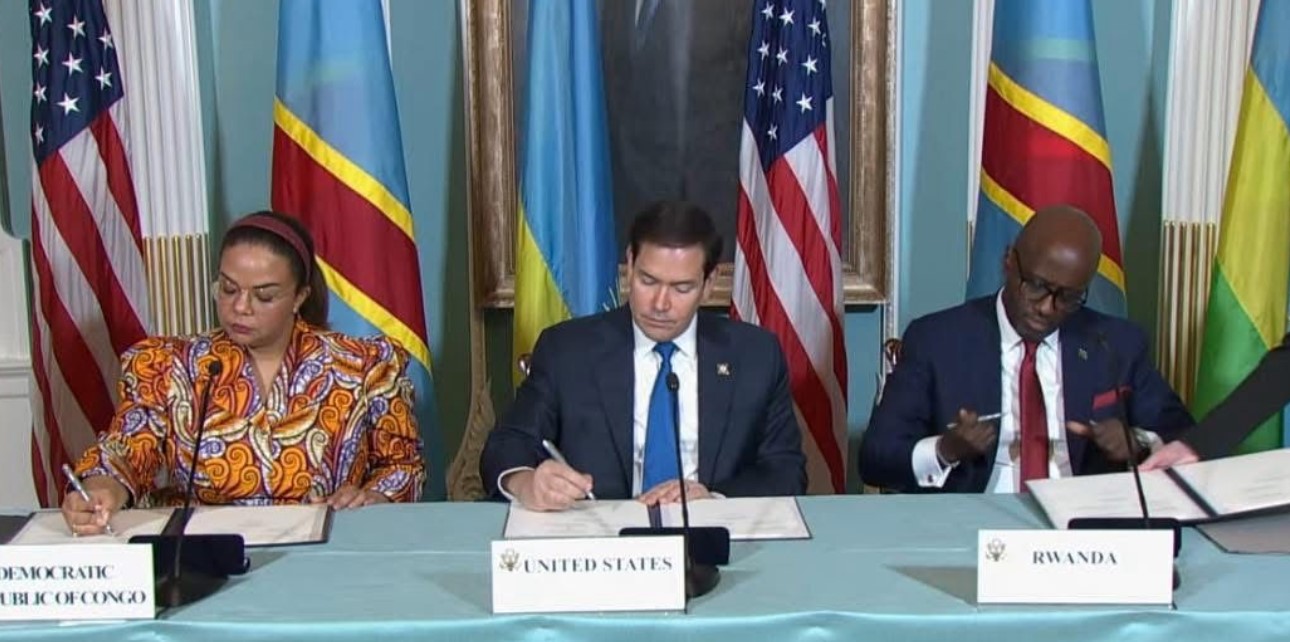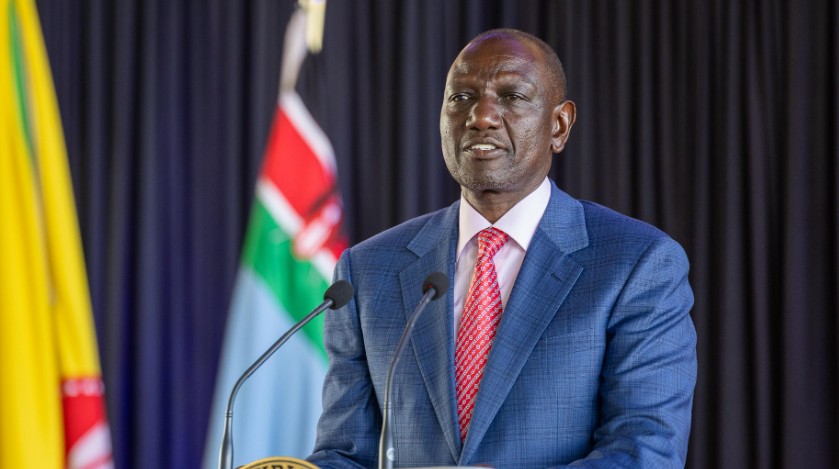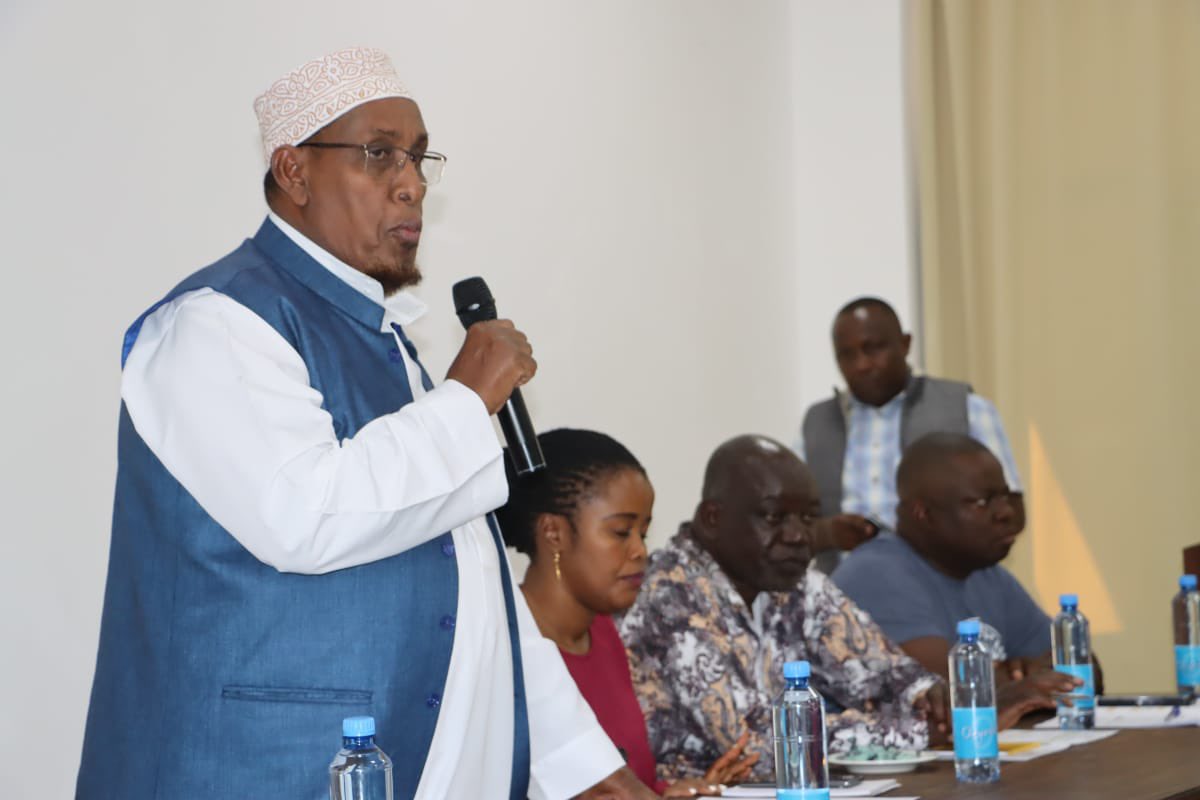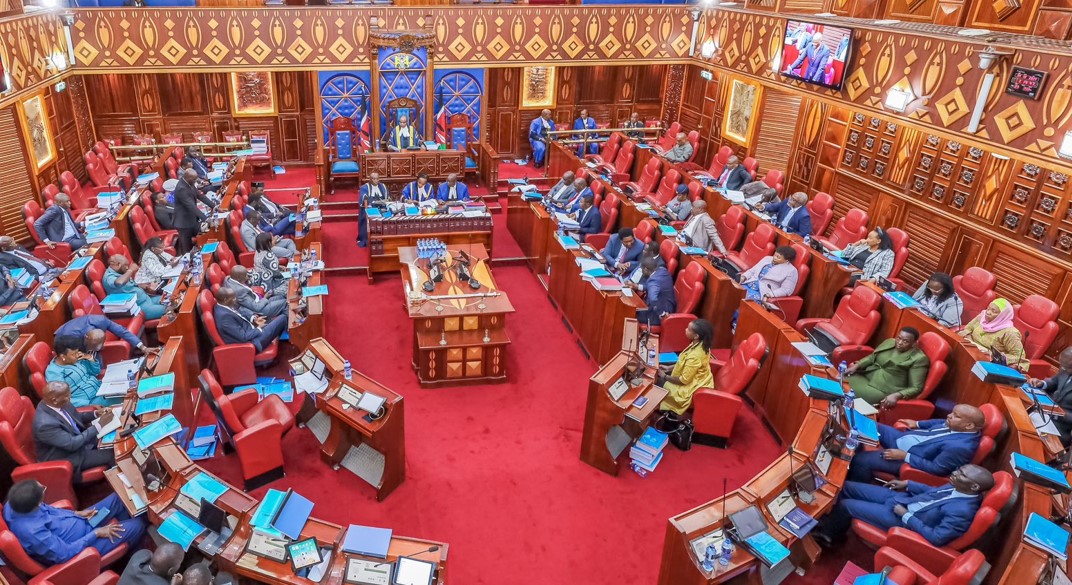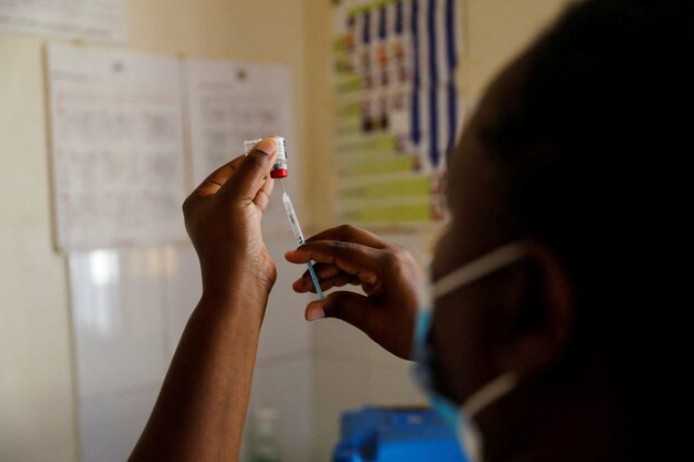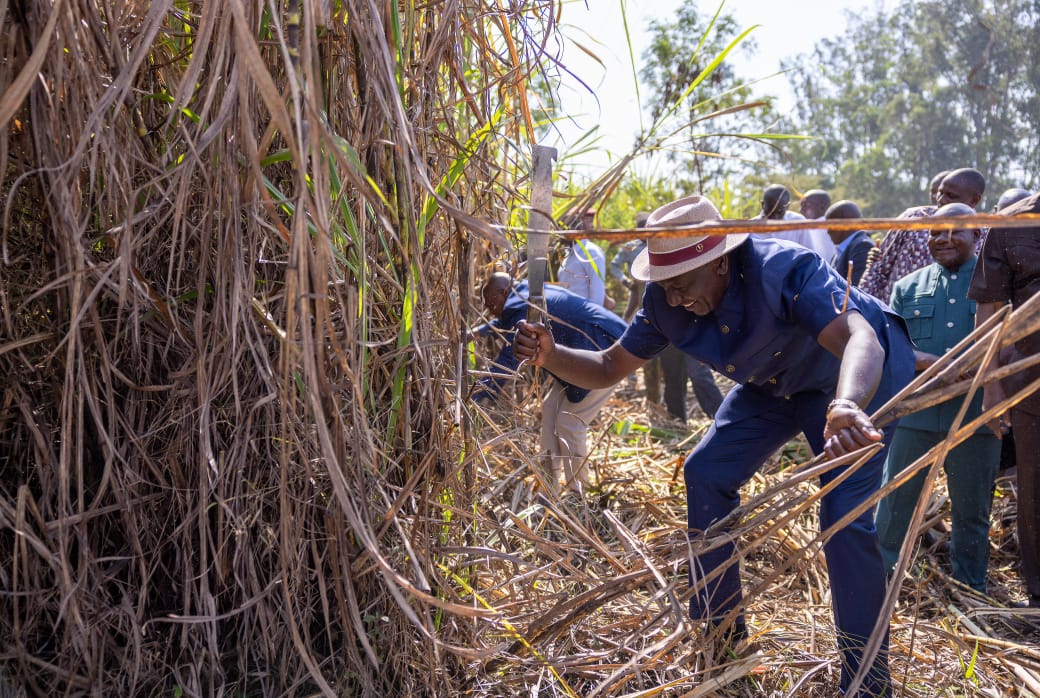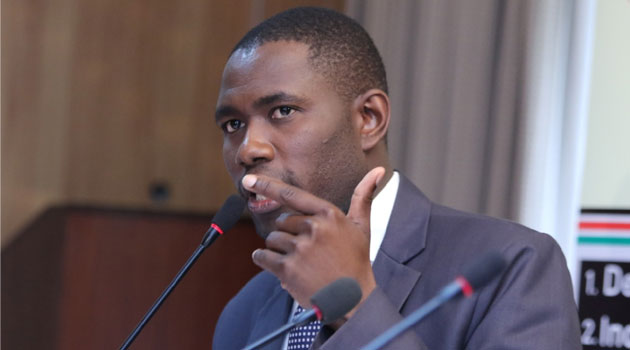Private sector credit slows to 4 per cent, shrinking Kenya's money supply
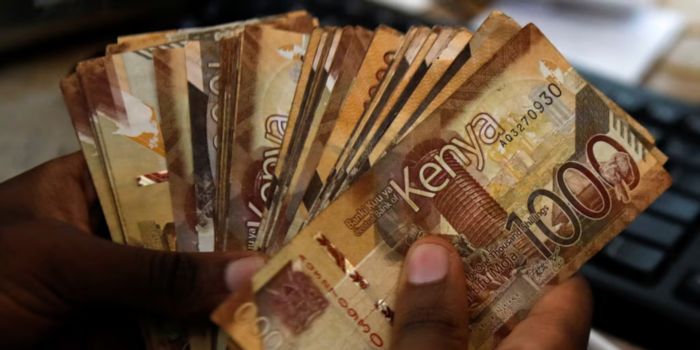
According to data from the CBK, the total amount of money circulating in the economy dropped by half, marking a significant downturn in Kenya's financial sector.
Kenya's private sector lending has hit a record low, with credit growth slowing to just 4 per cent in 2024, the lowest in recent years.
According to data from the Central Bank of Kenya (CBK), the total amount of money circulating in the economy dropped by half, marking a significant downturn in Kenya's financial sector.
The CBK's latest industry report highlights a sharp slowdown in both private sector credit and government borrowing.
Credit growth, which had previously been at 12.2 per cent in the previous financial year, has now dipped to a mere 4 per cent, representing a total of Sh3.8 trillion.
This marks the third consecutive year of decline in private sector credit growth, signalling a worrying trend for Kenya's economic recovery.
"Annual growth in money supply, M3, declined to 6.8 per cent in FY 2023/24 from 13.4 per cent in FY 2022/23, mainly due to a slowdown in lending to the private sector and net lending to government," the CBK report states.
The term "money supply" (M3) refers to the total money available in the economy, including physical cash and other liquid assets.
This slowdown in money supply growth reflects reduced borrowing by businesses and individuals, which in turn impacts economic activity.
Particularly hard hit by the slowdown were key sectors like manufacturing, trade, and construction.
The manufacturing sector saw a sharp decline, with credit growth falling from 18% to a negative 0.6 per cent.
Trade credit also plummeted, dropping from 12.5 per cent to just 1 per cent. The building and construction sectors saw an even steeper fall, dropping from 4.8 per cent to a negative 8.3 per cent.
Similarly, the transport and communications sector recorded a sharp drop from 19.9 per cent to just 4.4 per cent.
"On the liability side, the reduction in money supply was reflected in reduced growth in deposits, mainly attributed to valuation effects on foreign currency deposits following exchange rate appreciation," CBK noted in the report.
Shilling appreciation
The appreciation of the Kenyan shilling against foreign currencies, particularly the US dollar, played a significant role in the contraction of the money supply, particularly in sectors heavily reliant on foreign loans.
However, some sectors did report growth despite the overall decline. Credit to business services increased from 5.5% to 8.3%, and other activities saw a slight rise from 8.7 per cent to 8.8 per cent.
Still, these positive figures were not enough to offset the broader trend of reduced borrowing.
Foreign currency loans, which account for around 26 per cent of the total credit to the private sector, saw considerable declines, particularly in the manufacturing, trade, and transport sectors.
This was attributed to the effects of exchange rate changes, which raised the cost of foreign currency-denominated loans.
The slowdown in credit growth was further compounded by a 17-year high in loan defaults, which hit 14.8 per cent in 2024.
The smaller banks were the hardest hit by the increase in defaults, according to the Kenya Bankers Association (KBA).
The sharp depreciation of the Kenyan shilling against major currencies like the US dollar added further pressure on Kenya's economy.
The shilling faced a significant dip in 2024, driven by the maturity of a Eurobond and elevated interest rates in major economies, which boosted the strength of global currencies.
Fortunately, the Kenyan shilling regained some stability towards the end of the year after Kenya successfully repaid its Eurobond before maturity and secured dollar-denominated loans from global lenders.
CBK Governor Kamau Thugge attributed the recovery to the central bank's decision to raise the Central Bank Rate (CBR) from 12.5 per cent to 13 per cent. This increase was aimed at curbing inflation and providing support to the shilling.
Despite these efforts, the broader picture remains worrying, as reduced lending to the private sector and growing loan defaults continue to signal challenges ahead for Kenya's economy.
Top Stories Today




